Witness scientist Bob Paine’s breakthrough discovery of keystone species, through his ingenious experiment with tidepool starfish.
Features
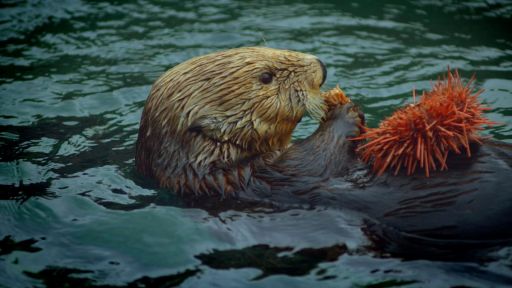

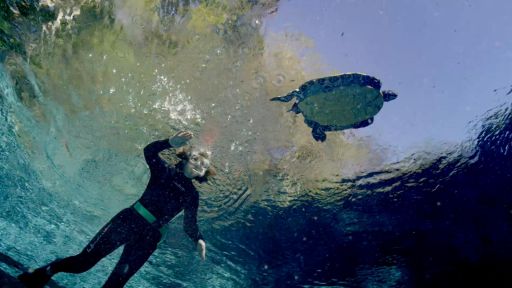

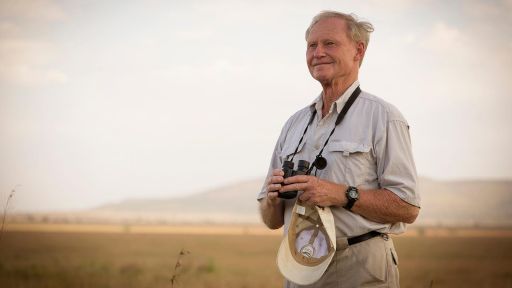
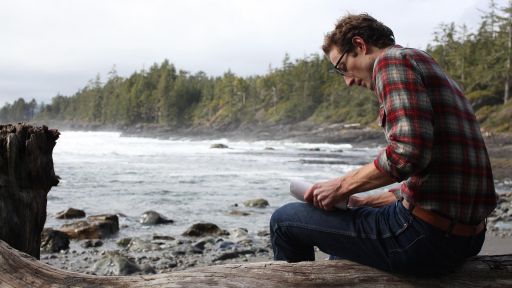


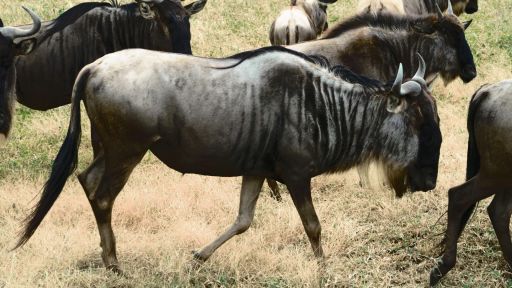
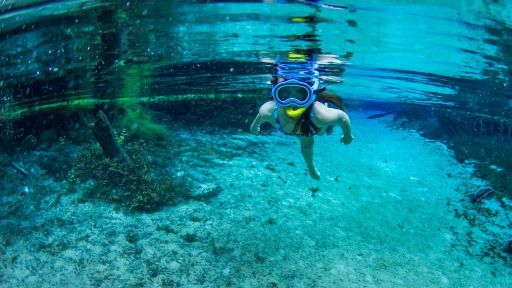

- [Narrator] For Bob, the tide pool is a natural laboratory.
There are hunters, and filter feeders, scavengers, and plants giving food and shelter.
(gentle orchestral music) And among the mussels, and barnacles, anemones, and snails, a large predator lurks.
(water bubbling) Despite appearances, starfish are skilled hunters.
Each of their arms carry eye-like sensors.
(driving orchestral music) Starfish use their tubed feet to pursue prey.
They can pry open mussels, devouring them in their shells.
(orchestral music intensifies) (water bubbling) Here, Paine conducts one of the simplest experiments in the history of biology.
He removes starfish from one tide pool while leaving them in another.
(driving orchestral music) Months after months, Paine returns, clearing out starfish.
And he sees the tide pool changing.
There are more mussels, but less of everything else.
(brooding orchestral music) Eight years later, the impact is dramatic.
(brooding orchestral music intensifies) The mussels are all that remain.
That indicates that the starfish have been preventing the mussels from taking over.
The predator maintains the entire community from the top down.
Without them, it all falls apart.
(objects crumbling) (wind whistling) (dramatic orchestral music)
